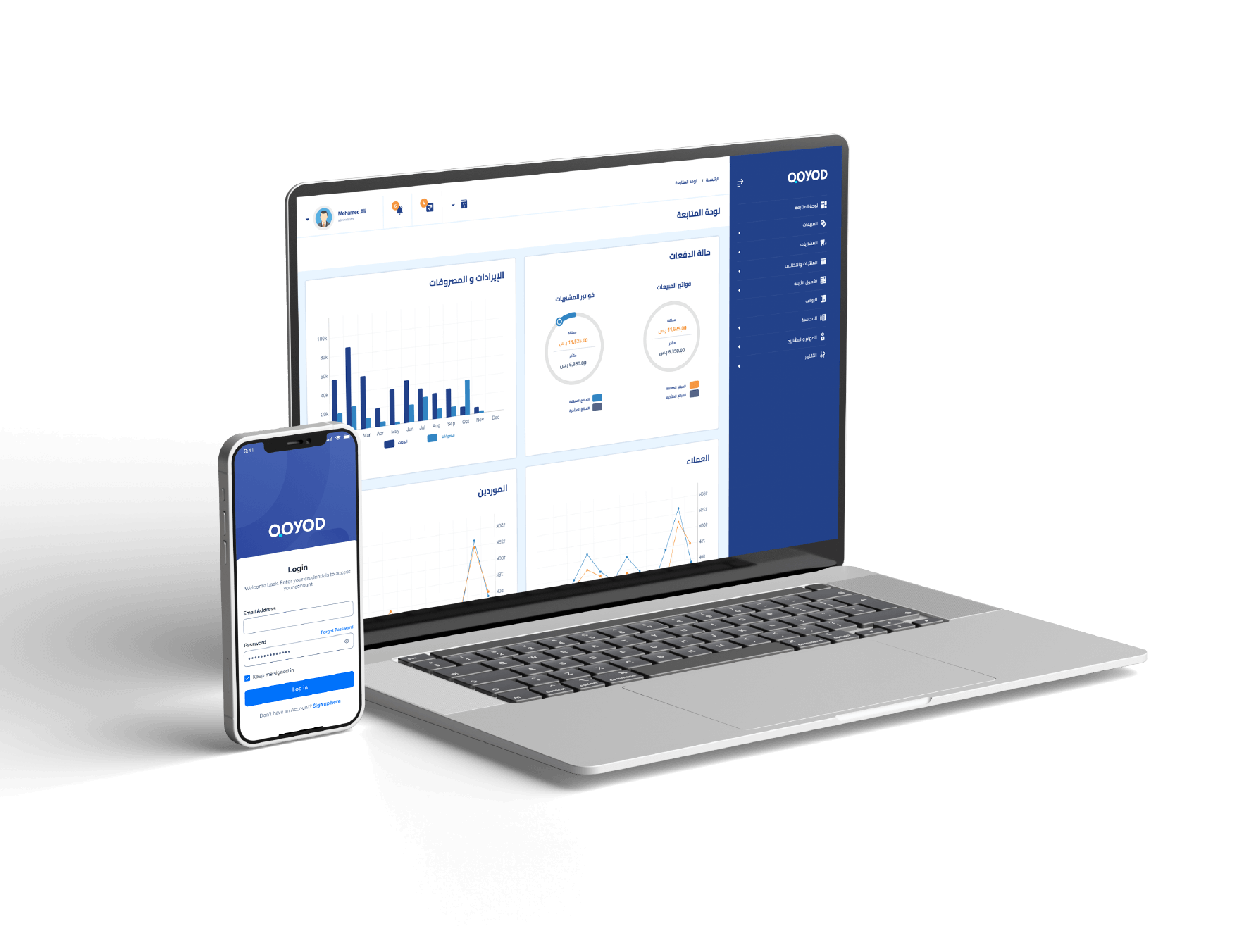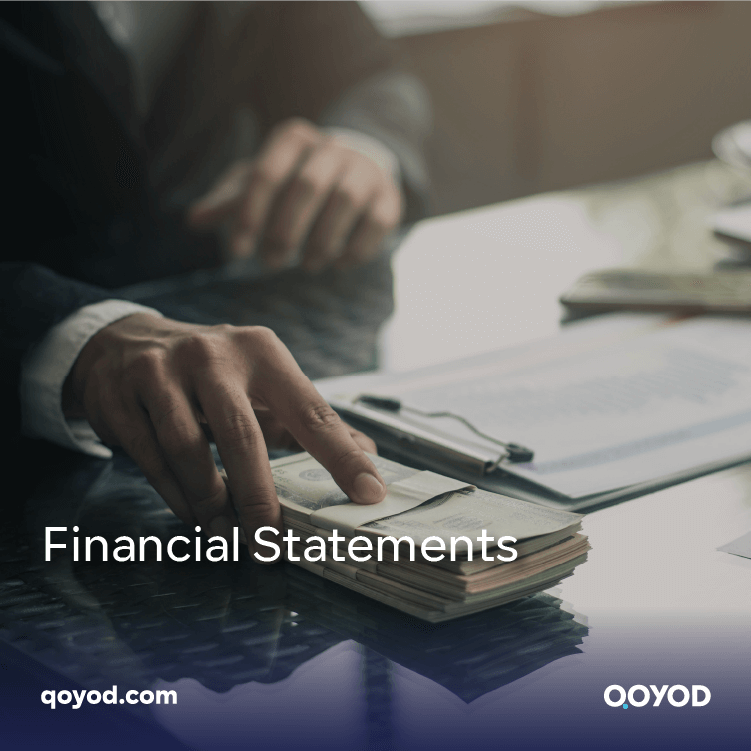No commercial organization in the world of business and economics can achieve success and sustainability without strong and effective financial management. Financial statements are one of the most important money management tools that provide companies and institutions with a comprehensive view of their financial condition and performance. By understanding these lists and analyzing them correctly, leaders and decision-makers can make informed strategic decisions that enhance the company’s growth and its ability to compete in the growing business market. It is worth noting that they are important reports that include information about assets, liabilities, revenues, expenses, profit, and loss for a specific period of time. These lists work. It clarifies and simplifies complex financial data and helps evaluate the company’s performance and its ability to achieve financial and strategic goals.
What are financial statements?
If you’re wondering, what are the five financial statements? They are important reports that reflect the company’s financial performance over a specific period of time. These lists aim to provide information about assets, liabilities, revenues, expenses, and net profits. They are an essential tool for evaluating the company’s performance and tracking its financial changes.
Note
These lists are an important tool for various parties concerned, including investors, shareholders, and regulatory bodies. They also help senior management make wise financial decisions and form a clear vision of the company’s financial future.
It is worth noting that to ensure the reliability and accuracy of these lists, they are prepared based on accounting principles and are usually carried out by an integrated accounting program, such as the Qoyod program.
Types of financial statements
There are five types of financial statements: the statement of cash flows, the statement of shareholders’ equity, the statement of financial position, the income statement, and the statement of comprehensive income. The above can be summarized as follows:
income statement
The income statement displays revenues, expenses, profits, and losses for a specific period of time and aims to calculate the company’s net income, which reflects the company’s financial performance during a specific period of time. The income statement items include:
- Revenue from sales.
- Cost of goods sold.
- Other operating expenses.
- Net profits or losses.
Statement of Cash Flows
It is one of the types of financial statements that shows the movement of cash in and out of the company during a specific period of time. The cash flow statement is divided into three main sections: cash flows from operating, investing, and financing activities.
It is an important tool for evaluating a company’s ability to generate cash and manage cash flows.
Statement of financial position
Also known as a financial balance sheet, or sidebar, it provides information about a company’s financial position at a specific point in time and includes:
- Assets (fixed and current assets).
- Shareholders’ equity
The statement of financial position helps estimate the company’s value and its ability to bear financial risks.
Statement of comprehensive income
The comprehensive income statement displays the company’s comprehensive income, which includes profits and losses in addition to other non-recurring items such as changes in the value of securities available for sale and changes in the value of foreign currencies. This list aims to provide a comprehensive picture of the company’s overall financial performance.
statement of shareholders’ equity
It is one of the types of financial statements that reflect changes in the capital and shareholders’ rights in the company during a specific period of time. It is worth noting that this list displays the elements that contribute to changing shareholders’ rights, such as shareholders’ investments, retained earnings, dividends, and changes in the value of shares. It also helps in understanding the distribution of profits and changes in shareholders’ equity over time.
What is the difference between a balance sheet and a statement of financial position?
The difference between the balance sheet and the statement of financial position can be summarized in the following table:
| aspects of differences | Balance sheet | Statement of financial position |
| Time zone | It is concerned with financial planning for the future, usually includes a period of time ranging from one year to several years, and reflects the organization’s plan to use funds in the coming time periods. | It focuses on providing reports on the past and current financial performance of the organization, usually includes quarterly and annual financial statements, and reflects the financial results for a specific period of time in the past. It focuses on providing reports on the past and current financial performance of the organization, usually includes quarterly and annual financial statements, and reflects the financial results for a specific period of time in the past. |
| Content | It includes financial planning and projections of future revenues and expenditures and usually contains information about the distribution of financial resources and the setting of the organization’s financial goals in the future. | It includes detailed information about the assets, liabilities, and ownership equity of the organization. |
| the purpose | It aims to achieve the financial and economic goals of the organization, helps plan the use of resources, determines spending priorities, and forecasts future habits and expenses. | It aims to evaluate and analyze the financial performance of the organization and provides important information for shareholders, investors, and external parties to understand the current financial position of the organization and evaluate its ability to achieve returns and financial sustainability. |
Principles of preparing financial statements
The preparation of financial statements depends on specific foundations and principles that ensure the accuracy and transparency of these lists. These foundations can be summarized as follows:
Historical cost principle
This principle requires that financial information be recorded according to the original cost of assets and liabilities; in other words, assets should be monitored based on how much they were acquired, not based on their current market value.
The verifiable value principle
This principle indicates the necessity of providing clear and reliable evidence of the value declared in the financial statements. This requires the ability to verify and audit financial information and ensure its validity and reliability.
The principle of honesty and disclosure
This principle reflects the importance of providing accurate and truthful information in the financial statements, as the lists must be expressive and transparent and reflect the financial facts correctly and accurately, and this requires full disclosure of all relevant financial information and important events affecting the lists.
Matching principle
This principle requires matching revenues with corresponding expenses in the same accounting period. In other words, revenues and expenses that arise from the same process or event must be recorded in the accounting period. This principle ensures fairness and accuracy in estimating the financial performance and actual results of the entity.

Conclusion
It is clear that financial statements represent a powerful and necessary tool for understanding the financial situation and economic performance of companies and institutions. It is worth noting that understanding these lists and the ability to analyze them correctly gives us a deep and comprehensive view regarding assets, liabilities, revenues, and expenses. Therefore, this helps us in making sound financial decisions, but remember that when analyzing it, you must be careful and take into account the surrounding factors and economic conditions that may affect the financial numbers. You should also remember that it is not the end in itself, but rather a tool that helps us in making decisions. Informed and evaluated the company’s long-term performance; therefore, it is better to use Qoyod accounting software, which in turn helps you achieve what you want at the lowest prices.
Let us take advantage of the financial statements as a powerful tool to identify the facts of companies and institutions, and let us use the Qoyod program, which is worth noting that it also provides a point-of-sale system and various electronic invoice systems. Which becomes the best integrated accounting program in the Middle East.
After you know what financial statements are, try Qoyod now for free for 14 days, as it makes you learn the language of its secrets at the lowest possible cost. Therefore, it becomes the best accounting program.
Join our inspiring community! Subscribe to our LinkedIn page and Twitter to be the first to know about the latest articles and updates. An opportunity for learning and development in the world of accounting and finance. Don’t miss out, join us today!




